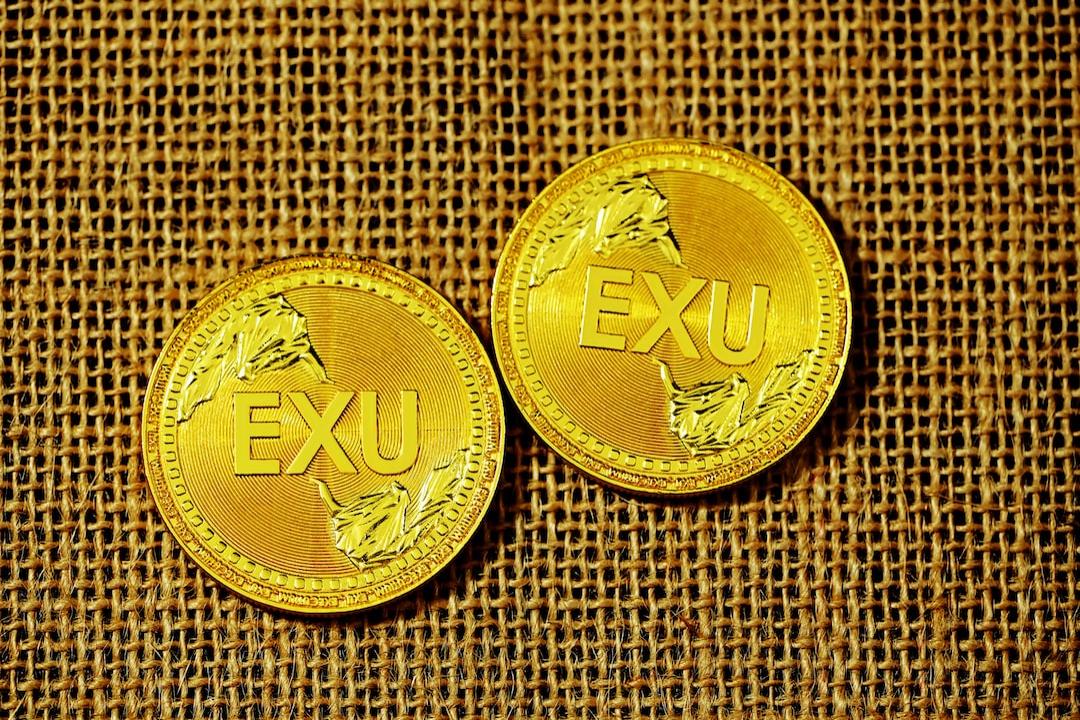The Ethereum Foundation has announced that it will implement a policy regarding conflicts of interest, according to Aya Miyaguchi, the executive director. This decision comes in response to the controversy surrounding the connections between the foundation and EigenLayer developers.
In the week leading up to Miyaguchi’s announcement, two Ethereum researchers joined the EigenFoundation as paid advisers. Justin Drake made his appointment public on May 19 through a detailed post, stating that he would be receiving incentives worth “millions of dollars” from EigenFoundation. However, he assured that he would reinvest the money back into the Ethereum ecosystem. The following day, Dankrad Feist also made a similar announcement, acknowledging that he had received a significant amount of tokens. Both researchers emphasized that they were taking these positions personally and not as representatives of the Ethereum Foundation. Drake pledged to maintain a critical perspective towards EigenLayer, while Feist stated that he would offer contrarian views.
The response to these researchers’ moves was mixed. ZkSecurity co-founder David Wong tweeted about Drake’s appointment, while many commenters expressed skepticism. One commenter claimed that Drake only disclosed his appointment because it was leaked by Cobie, also known as crypto trader Jordan Fish. Cobie had inquired about the foundation staff’s connections to EigenLayer the day before Drake’s announcement. Another commenter directly questioned Feist about his involvement.
Miyaguchi acknowledged in her post that relying solely on culture and individual judgment was not sufficient to maintain the foundation’s credibility and neutrality. She revealed that the foundation had been working on a formal policy to address this issue for some time and promised to share more information soon.
Drake also mentioned that there is a third Ethereum Foundation member who has ties to EigenFoundation as an investor, but did not disclose the individual’s identity.
EigenLayer is a layer-2 restaking protocol on Ethereum that allows node operators and validators to earn fees by restaking liquid Ether (ETH) received in exchange for staking. These assets can be placed on EVM platforms like Lido, possibly using ETH received on that platform, or used to validate and secure other networks such as sidechains or non-EVM blockchains. This enables them to stake the same assets twice.
EigenLayer was launched on the Ethereum Goerli testnet in April 2023 and has been partially launched on the mainnet in April.
The article also raises the question of whether Ethereum restaking through EigenLayer is a blockchain innovation or a risky endeavor.

